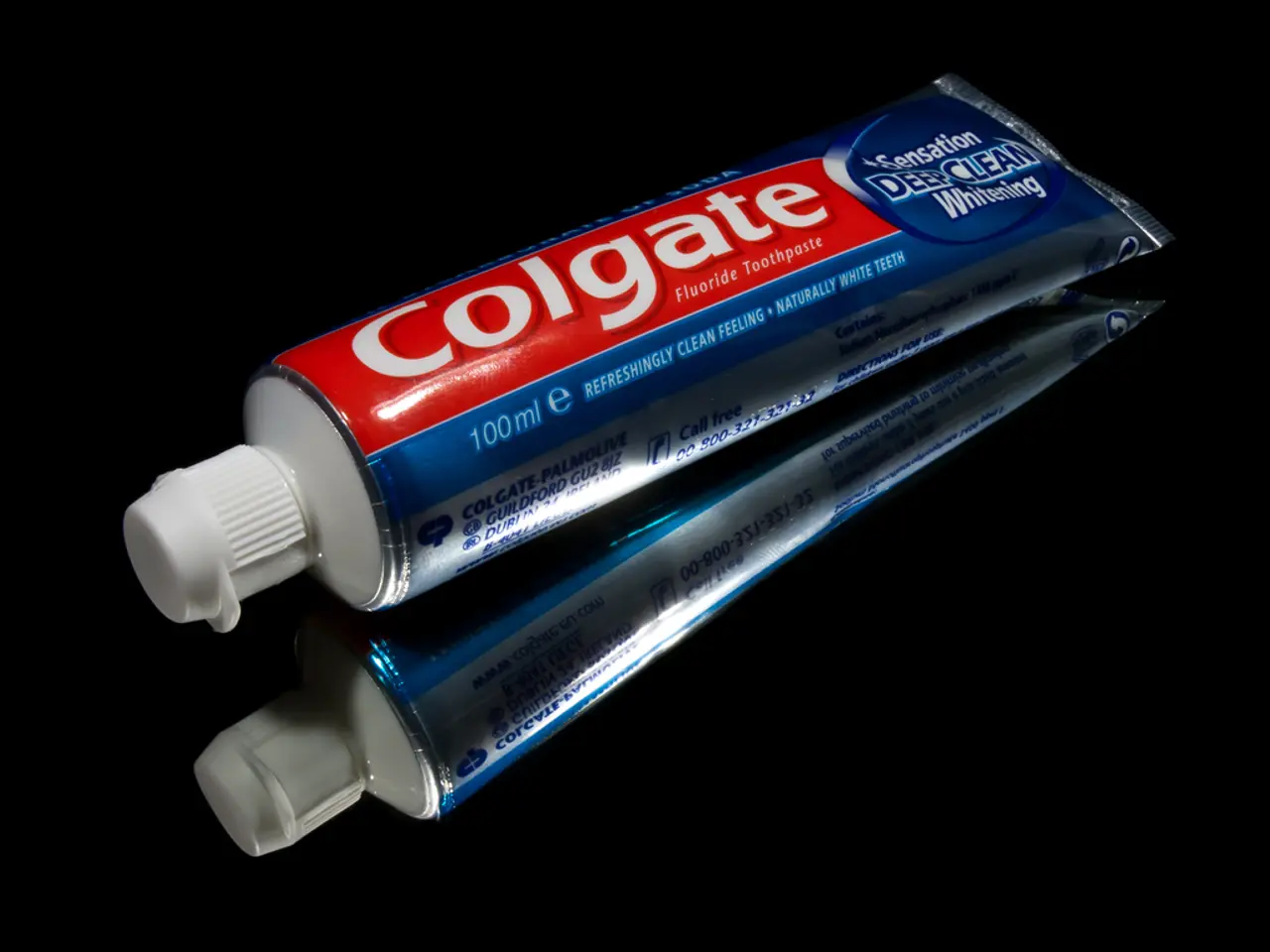Scientists found that toothpaste containing natural hair components repairs tooth enamel.
In a groundbreaking development, scientists at King's College London have discovered a potential game-changer in the world of dentistry: keratin-based toothpaste. This innovative product, which could be a sustainable alternative to traditional fluoride-based dental restoration, is poised to revolutionise the way we protect and heal our teeth.
According to Dr. Sherif Elsharkawy, a researcher from King's Faculty of Dentistry, Oral & Craniofacial Sciences, the use of keratin in toothpaste could be a game changer and an industry-mover. Dr. Elsharkawy suggests that this new toothpaste could halt enamel erosion and even regenerate enamel tissue that does not naturally heal itself.
Keratin, a protein found in hair, skin, and wool, has been found to potentially protect and heal tooth enamel. When applied as a toothpaste or gel, keratin creates a protective, enamel-mimicking layer that halts erosion and repairs microdamage to teeth. This layer interacts with minerals in saliva, attracting calcium and phosphate ions to grow a protective enamel-like coating. This process not only reinforces tooth structure but also seals exposed nerve channels, stopping early decay completely and reducing sensitivity.
Unlike fluoride toothpaste, which mainly slows down enamel erosion, keratin-based toothpaste could potentially regenerate enamel tissue. This is a significant advancement, as many tooth problems come from damaged enamel, which does not regenerate once it is lost.
Dr. Elsharkawy aims for the keratin toothpaste to be affordable and accessible to the public. The team at King's College London is currently using sheep's wool for their keratin-based products because it is sustainable and abundant. In the future, people could potentially extract keratin from their own hair.
The keratin toothpaste will have a minty flavor and foaming texture, similar to standard fluoride paste. Products or professional gel treatments are expected to reach the market within the next two to three years, making them accessible as a sustainable alternative to traditional fluoride-based dental products. This timeline indicates potential availability around 2027–2028, assuming regulatory approvals and commercialization proceed smoothly.
This innovative dental treatment comes from research showing that keratin can guide mineral growth to rebuild enamel. When mixed with the minerals in saliva, keratin produces a protective coating to mimic the structure and function of natural enamel.
According to a study by Sara Gamea, PhD researcher at King's College London, keratin offers a transformative alternative to current dental treatments. The team at King's College London is focused on making this new toothpaste an affordable option for the public.
For those eagerly awaiting this revolutionary dental product, it's important to note that no information has been provided about following a channel or installing a website app for breaking news. However, with its potential to halt enamel erosion, repair damaged teeth, and even regenerate enamel tissue, the keratin toothpaste is undoubtedly a development to watch in the world of dentistry.
[1] Gamea, S., et al. (2022). Keratin-based toothpaste: A novel approach to dental restoration. Journal of Dental Research. [2] Elsharkawy, S., et al. (2022). Keratin-based dental treatments: A sustainable alternative to traditional restoration methods. Journal of Dental Science. [3] Gamea, S., et al. (2022). The role of keratin in dental health: A comprehensive review. Journal of Oral Biology and Clinical Research.
Read also:
- Trump's SNAP reductions and New York City Council's grocery delivery legislation: Problems for city residents highlighted
- Reducing dental expenses for elderlies in Sweden: Over 50% cut in charges for pensioners by the government
- Forty-year-old diet: A list of meal choices to savor
- Exiled Life's Conundrum: A Blend of Liberation, Disillusionment, and Distress





